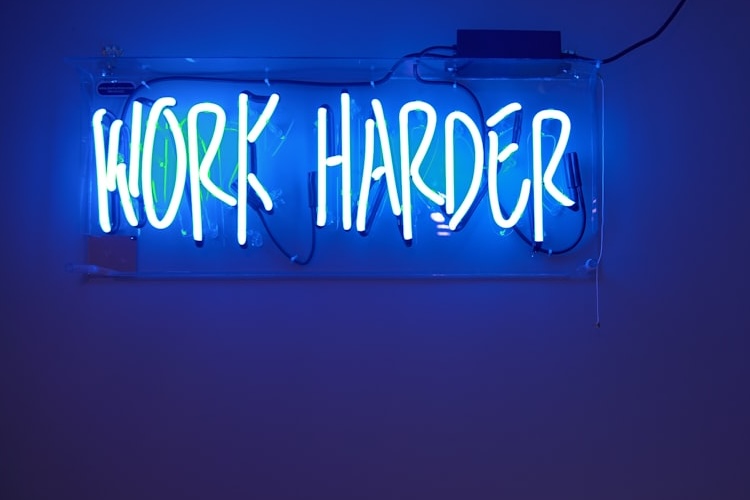Have you ever been in a coaching conversation that just isn't clicking? You've clearly identified the right behaviors and set meaningful outcomes, yet something feels off. You might start wondering—is it me? Is it the person I'm coaching? Or is there something missing in the process itself?
If you’ve experienced this frustration, you're certainly not alone. The good news? There's a clear, neuroscience-backed approach to breaking through this barrier.
At Kintla, our structured coaching method is rooted in Dr. Bruce Perry’s Neurosequential Model, emphasizing emotional and relational foundations before performance improvement can occur.
Regulate – Start Calm to Coach Effectively
Every impactful coaching session begins with emotional regulation. Before diving into feedback or solutions, take a moment to manage your own stress and emotions. Why? Because stress is contagious. When both you and your coachee reach a calm, focused state—what we call being in the "Green Zone"—then and only then can you set the stage for genuine, productive dialogue.
Try this simple practice next time: briefly pause, breathe, and check in with yourself and your coachee: "What's going well today? What’s not?” This small moment can make all the difference.
A note on the question: “How are you?” We all use it as a check-in question, but it may not be very regulating and usually doesn’t yield good answers. One coach I work with told me that he asks that question three times at the beginning of the interaction because he doesn't get much of a response until he demonstrates that he really wants to know. Questions like, “What’s going well today,” may be more regulating because it leads your coachee into a moment of reflection on something positive.
Relate – Build Trust and Connection
Once you've established a calm environment, your next step is cultivating trust and psychological safety. The best coaching happens when your coachee feels genuinely seen, heard, and safe enough to open up and take interpersonal risks.
Strengthen this relational foundation with simple yet powerful gestures: actively listen, show empathy, or share a relatable experience. A quick, authentic acknowledgment like, “I appreciate how thoughtful you've been approaching this issue,” can significantly deepen your connection.
Integrate into Your Daily Rhythm
The power of this coaching approach lies in seamlessly integrating these practices into your existing daily interactions. Rather than scheduling extra coaching sessions, embed "Regulate" and "Relate" into your regular one-on-ones, team check-ins, or brief, informal interactions. Over time, these simple steps will become habitual, driving continuous and sustainable improvement.
Joe Laipple is President-COO at Kintla and a specialist in getting change to occur and making it stick. He applies his 20+ years experience translating current cognitive, behavioral, and neuroscience research into practical tools individuals and organizations can use to improve the quality of their work and life.
Share Your Experience
What have you found most effective in ensuring your coaching breaks through? We'd love to hear your insights and experiences!








